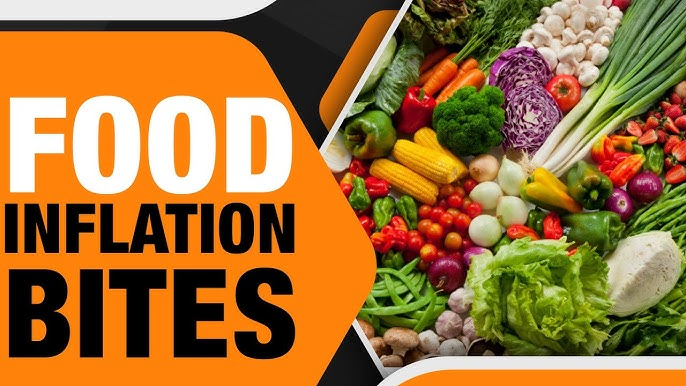Addressing Vegetable Price Volatility: Policy Needs and Solutions
Why in the News?
Persistent inflation in food prices, particularly vegetables, has exposed underlying inefficiencies in India’s agricultural supply chains, creating significant challenges for the Reserve Bank of India (RBI) in controlling inflation through monetary policy alone.
RBI’s Role in Controlling Inflation:
- The RBI has been cautious about reducing the repo rate due to persistent inflation, primarily driven by food costs.
- September CPI inflation was 5%, with food inflation reaching 9.2%, mostly from vegetables.
- Vegetable inflation, currently at 36%, significantly contributes to CPI inflation, challenging RBI’s flexibility within its inflation-targeting framework.
Supply Chain Challenges in “TOP” Crops:
- Prices of tomatoes, onions, and potatoes (TOP crops) surged in September due to adverse weather and pest infestations affecting yields.
- Tomatoes followed a “cobweb” model, with Karnataka’s Kolar and Chikkaballapur regions facing 20-30% yield losses.
- Onion prices reflect storage issues from low stocks, especially in Maharashtra, while potato supply drops due to low availability after October, contributing to price hikes.
Need for Policy Reforms and Long-Term Solutions
- Current CPI food weights are outdated, based on 2011-12 data, reducing the efficacy of inflation measures. Updating these weights with the 2022-23 survey data is crucial.
- Operation Greens, initially focused on stabilising vegetable prices, lost impact after expanding to all fruits and vegetables.
- Strategies like processing excess TOP crops into durable forms (e.g., paste, dehydrated products) and establishing a dedicated agency for TOP crops are necessary for stability.
Sources Referred:
PIB, The Hindu, Indian Express, Hindustan Times




